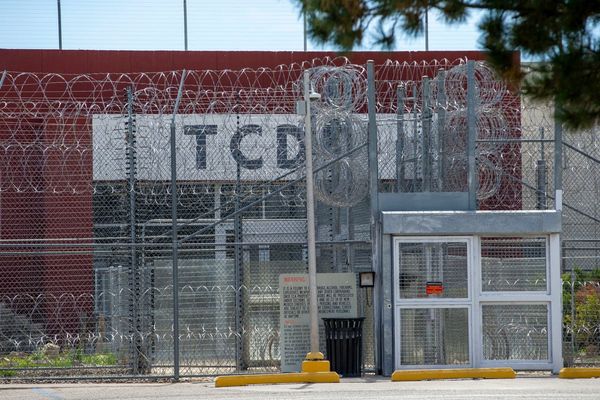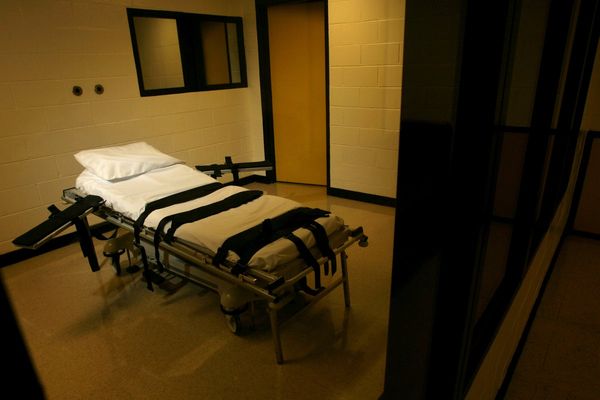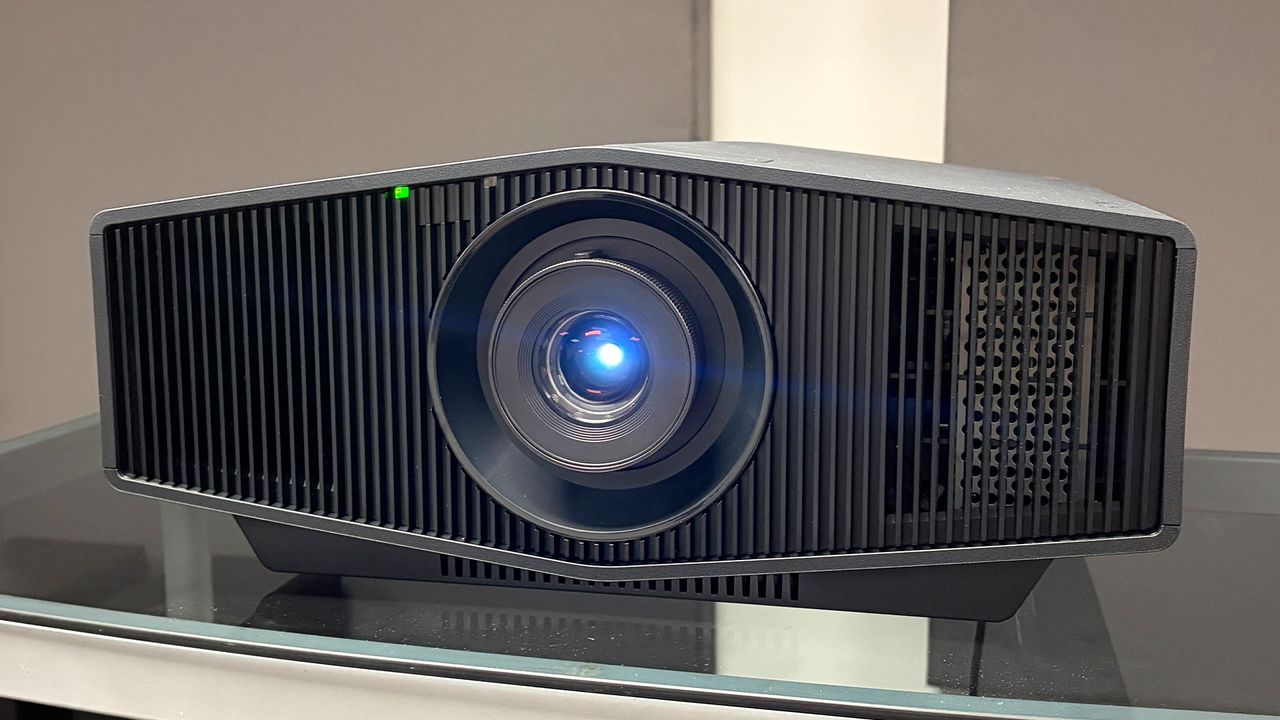
The Sony Bravia Projector 7’s journey to UK shelves has been fraught with drama and uncertainty.
In fact, it wasn’t long ago that we had resigned ourselves to never seeing the latest edition of Sony’s legendary laser projector series light up our AV testing room.
Thankfully, after a period in which Sony briefly pulled out of selling projectors in the UK and Europe at all, the Japanese brand announced that the issue had been resolved, and sales of the Award-winning VPL-XW5000ES, Bravia Projector 8 and Bravia Projector 9 resumed.
With that triumphant return, Sony chose to also launch in the UK the Bravia 7 Projector (also known as the VPL-XW5100ES), which we have plugged into our reference home cinema system today.
Thank heavens it all worked out, because this is a sublime home cinema projector.
Price
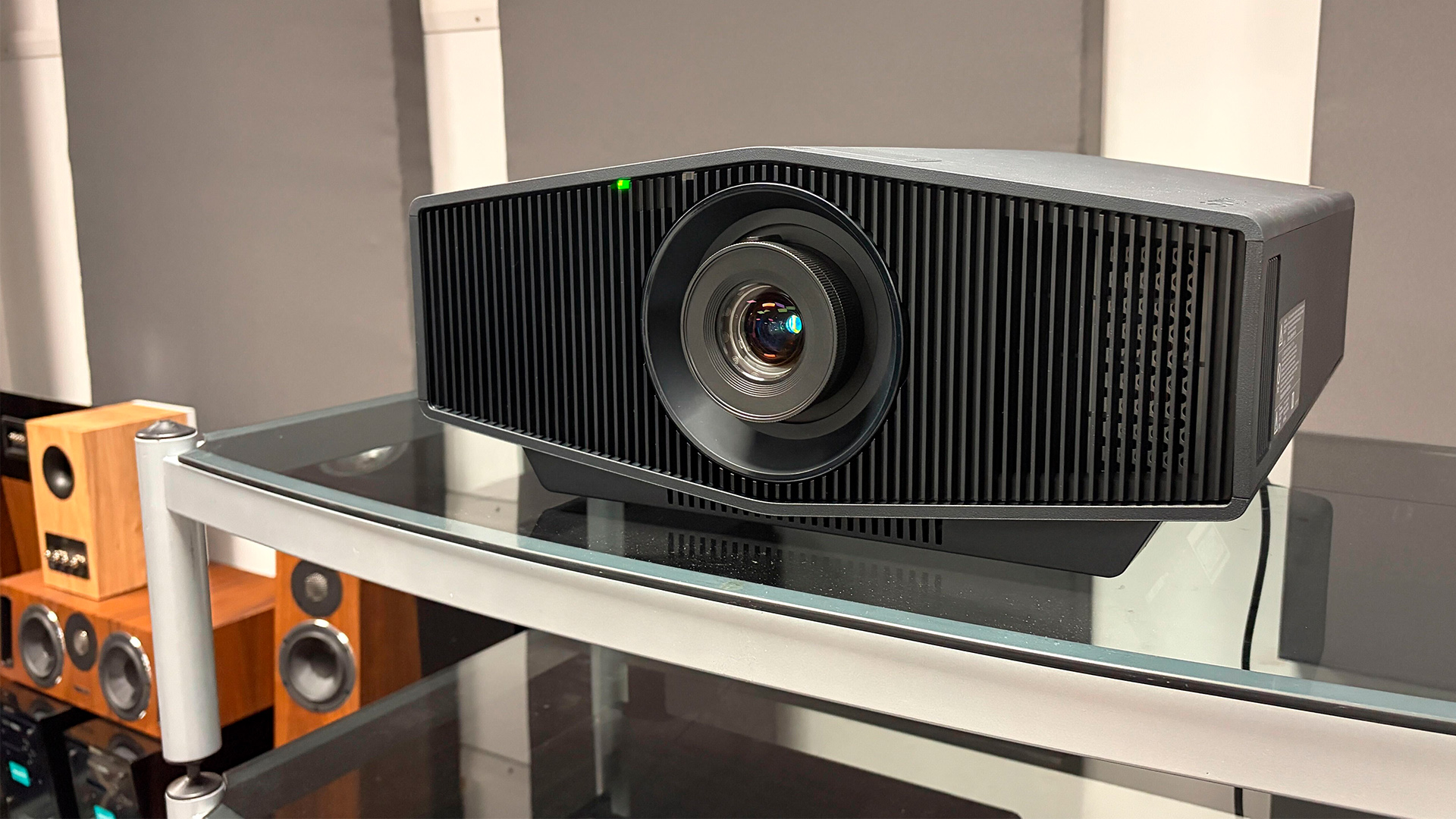
At £6999 / $10,000 / AU$13,999, it’s hard to believe that, within the context of Sony’s premium home cinema lineup, this is considered to be a mid-range model.
It sits above the VPL-XW5000ES (which has just celebrated its fourth year as a What Hi-Fi? Award-winner), which launched at £5999 / $5998 / AU$9990, but can now be found for less.
It sits far below the Bravia Projector 8 (£15,999 / $15,999 / AU$21,999 ), though, and it’s less than half the price of the mind-bogglingly expensive (but also incredibly accomplished) Bravia Projector 9 (£27,999 / $31,999).
Build
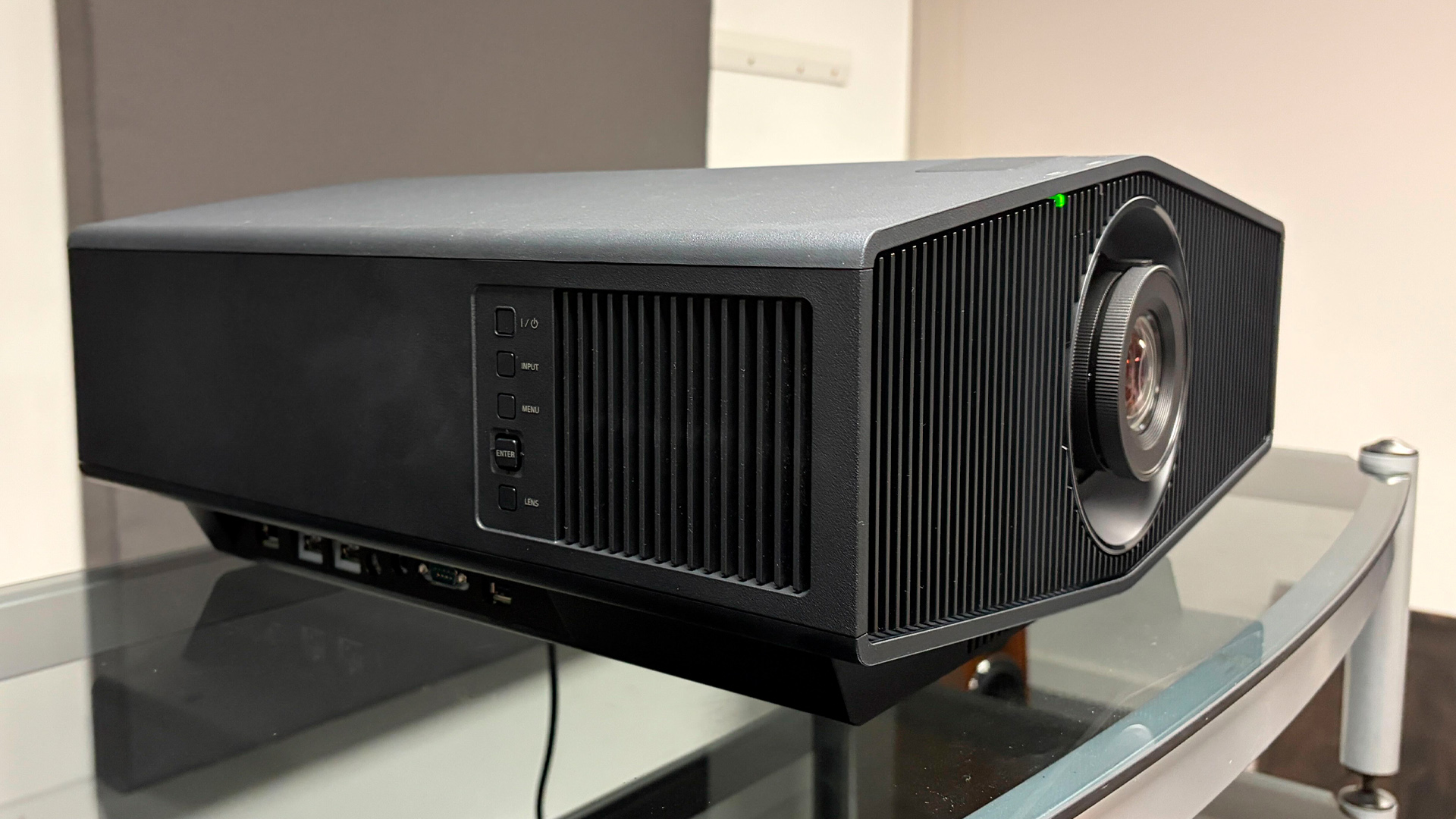
If the Bravia Projector 7 looks familiar to you, it’s likely because you either own, or have read our reviews of, the VPL-XW5000ES, VPL-XW7000ES, Bravia Projector 8 or Bravia Projector 9.
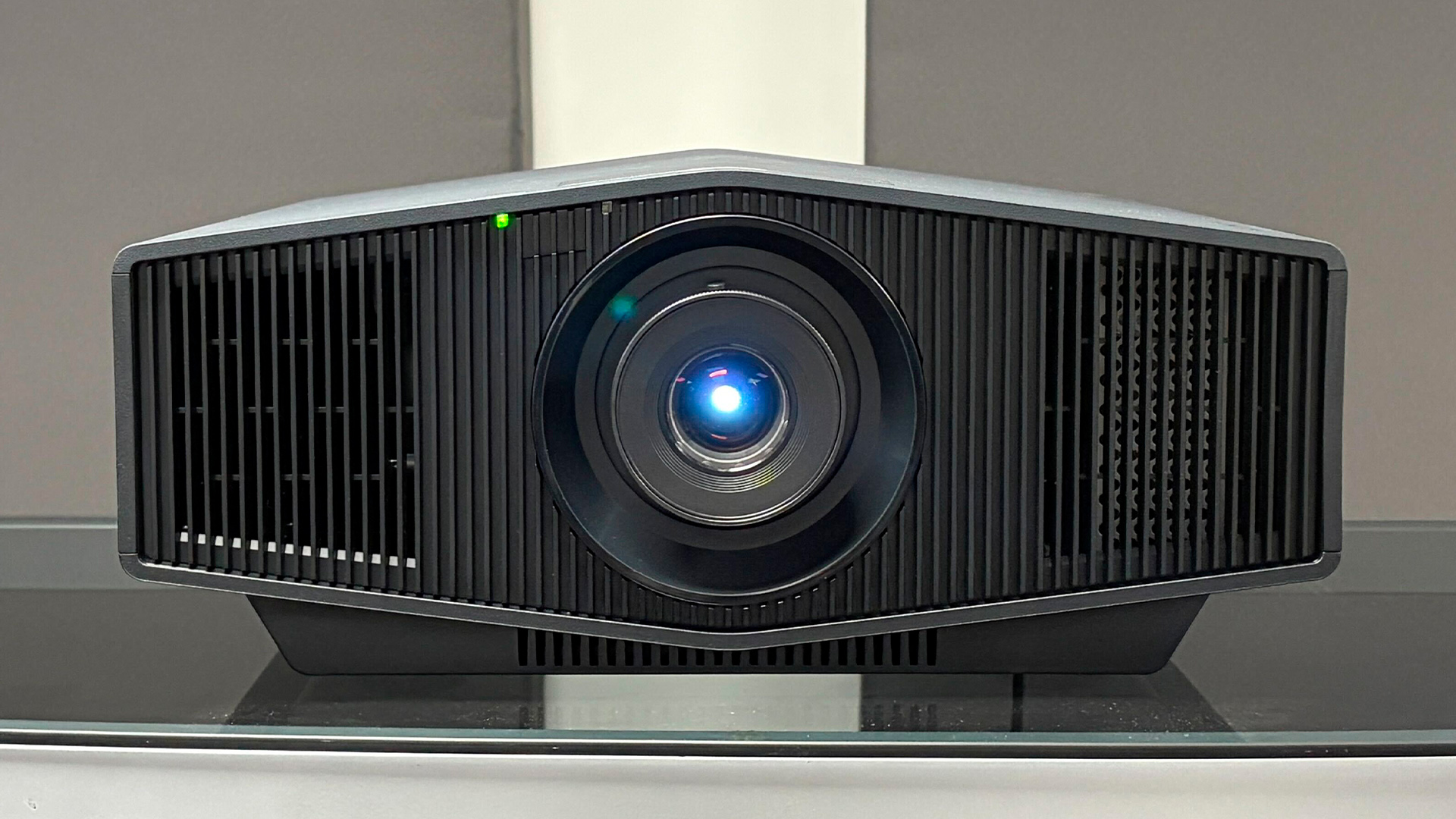
Projector type SXRD/Laser LCoS
Processing XR Dynamic Tone Mapping, XR Deep Black, XR Triluminos Pro, XR Clear Image, Motionflow
Screen size Up to 300in (claimed)
Native resolution 3840x2160
HDR support HDR10, HLG
Dimensions (hwd) 20 x 46 x 47cm
Sony has mastered stretching a chassis design to fit a multitude of different models. Still, we don’t mind that so much, as a serious home cinema projector such as this will usually be tucked out of sight in a dark home cinema screening room.
Besides, this is still quite a sharp design. Its elongated hexagonal shape when viewed head-on is pleasant enough, with the top panel meeting at a central apex that frames the lens quite nicely.
It’s a fairly substantial unit, measuring 20 x 46 x 47cm (hwd), though it’s surprisingly light at just 13kg, which should be a blessing for those going the ceiling-mount route.
We have the black model in for testing, but we’ve seen the white version in the flesh and it’s equally handsome. Just bear in mind that the white one won’t blend into a dark home cinema room quite so effectively.
The Bravia Projector 7 sports a side-mounted interface panel with plenty of connections, and there’s a sneaky hidden door on the top of the unit that pops open to reveal the manual lens controls — we’ll touch on both of those aspects below.
Sony is also using the same remote as the rest of its lineup. It’s functional, has a handy selection of picture mode shortcuts and a button to take you directly to the test pattern, which makes set-up slightly easier.
While the remote is backlit, you do have to push a button to activate it, which can be a bit fiddly when trying to operate the projector in the dark. At this price, a motion-activated backlight would have been nice.
Features
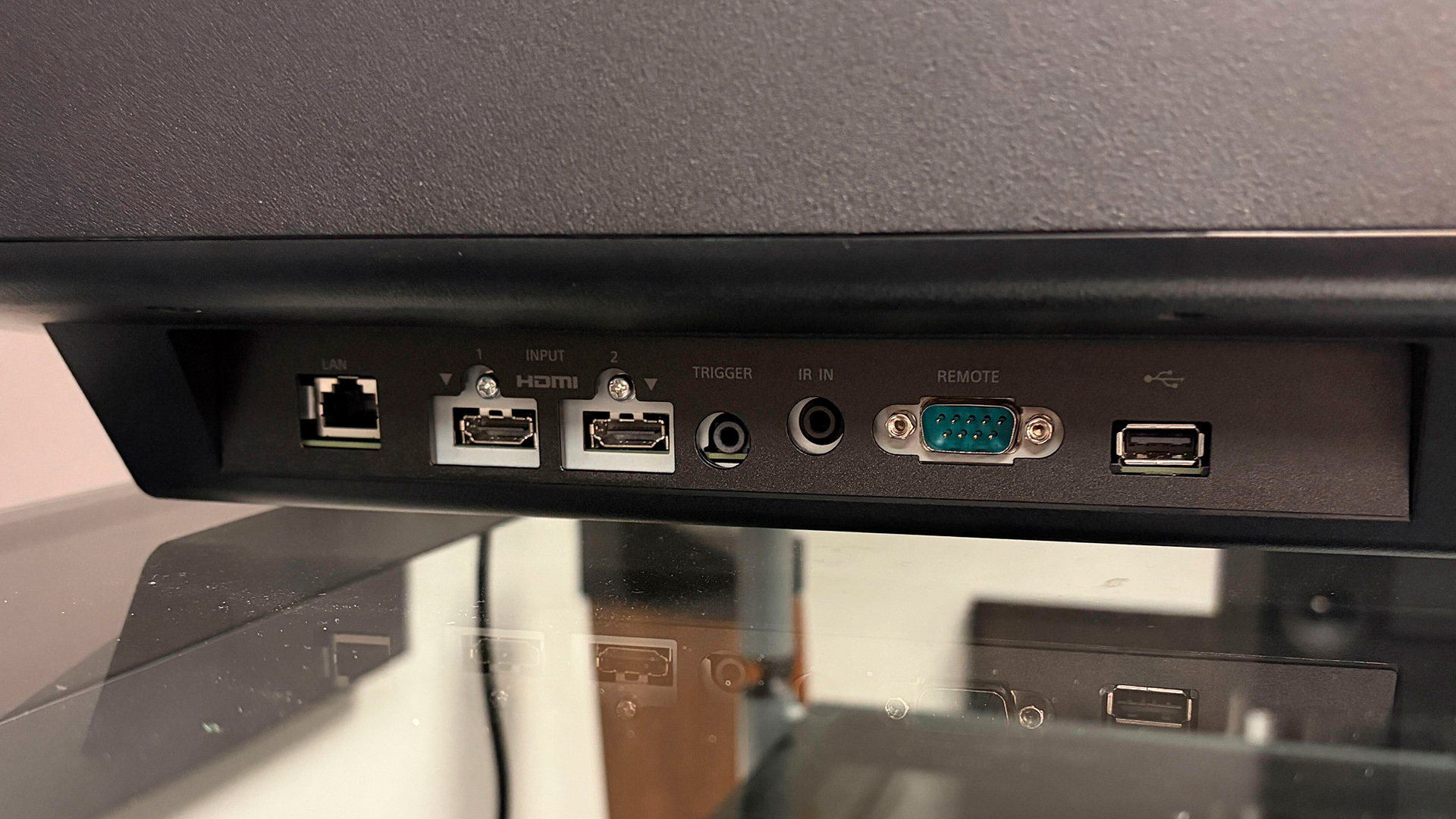
Sony’s entire home cinema projector range uses the company's SXRD projection technology, and the Bravia Projector 7 is no different. This is Sony’s version of Liquid Crystal on Sillicone (LCoS) — a technology also used by its rival JVC under the D-ILA branding.
The Bravia Projector 7 sports three 4K chips, which output the full 3840 x 2160 resolution natively and without the need for pixel shifting.
Sony claims that the Bravia 7 can hit a brightness of 2200 lumens from its laser diode light system, and the projector also supports HDR in the HDR10 and HLG formats. Considering that JVC features HDR10+ support, and many cheaper models now feature Dolby Vision, we would have liked to have seen Sony follow suit.
The inclusion of Sony’s XR Processor (which the ‘entry-level’ VPL-XW5000ES doesn’t have) brings with it a variety of picture features adapted from the brand’s TV range.
This includes Sony’s excellent Reality Creation system, which draws out enhanced depth and detail from the picture, as well as its XR Dynamic Tone Mapping, XR Deep Black, XR Triluminos Pro (colour enhancing), XR Clear Image and Motionflow picture processing features. Anyone with a Sony TV should feel right at home when it comes to honing the settings of this projector.
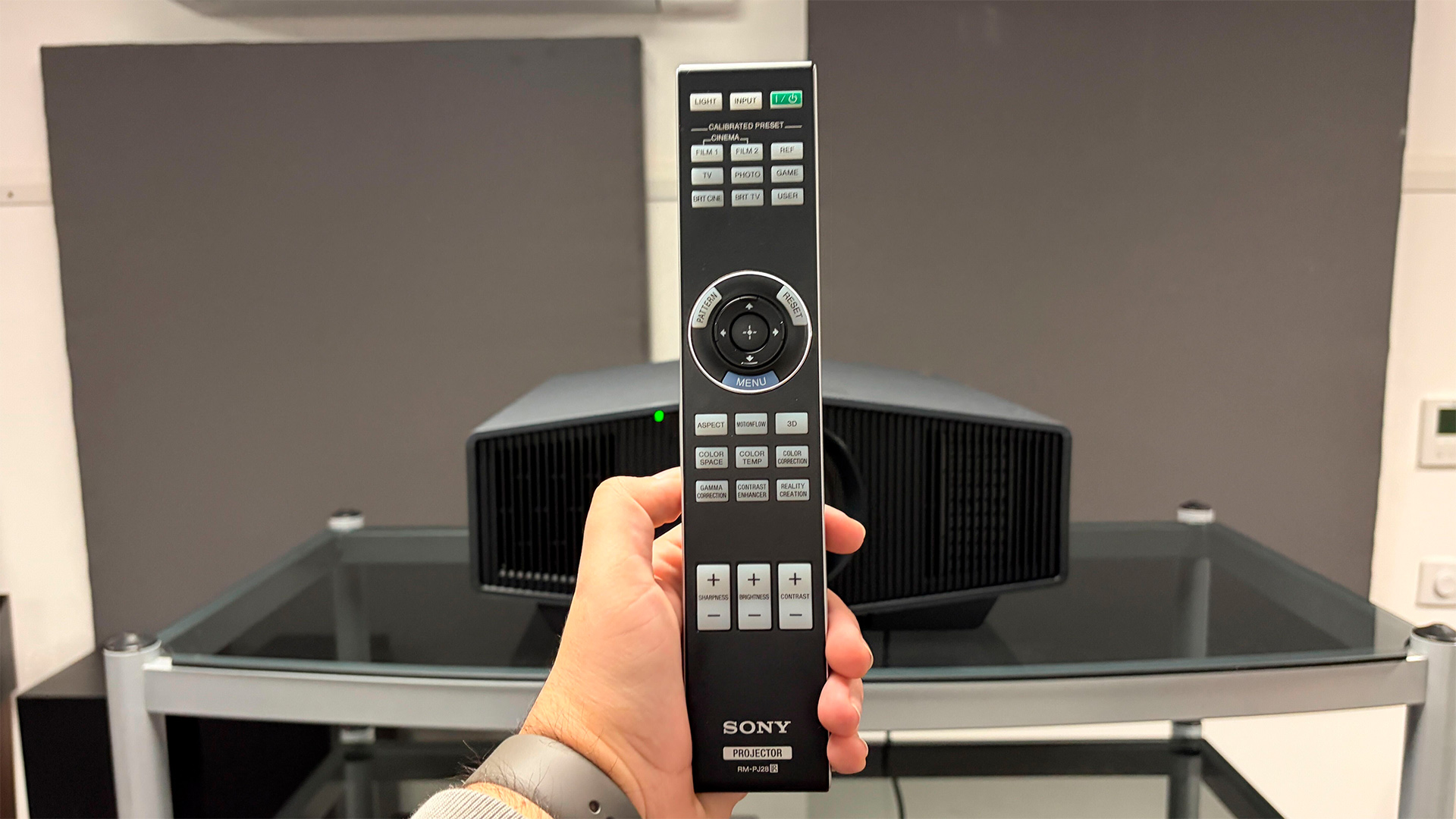
Speaking of settings, there is a wide range of picture presets available on the Bravia 7. Cinema Film 1 and Cinema Film 2 headline with an approach that balances cinematic authenticity with some added punch courtesy of some of the picture processing features mentioned above.
Reference will be the choice for those who value the director’s intent above all else, while the Game preset will, unsurprisingly, appeal to gamers thanks to its more vivid colours and quicker response time (Sony quotes an input lag of just 12ms in 4K/120Hz, which is supported by both of the HDMI 2.1 ports).
Sony has also included a TV and Bright TV picture option for those who wish to use this projector in a more conventional living room set-up, or as their primary screen for day-to-day use. As the name suggests, it makes the projector’s picture appear more TV-like, with a punchier output that makes it appropriate to use in environments with challenging ambient lighting.
One area where we wish Sony had pushed the boat out more is the image correction system.
It does include a fairly easy-to-control keystone correction system, which does make set-up slightly easier. However, unlike the Bravia Projector 8, all of the lens controls, including focus, shift (vertical and horizontal) and zoom, are controlled by manually twisting the rings surrounding the lens, or by rolling the dials under the top-mounted trap door.
This can make set-up feel needlessly fiddly, and it takes longer to dial the picture in on this projector than its motorised-lens-touting counterparts.
This is mostly due to the fact that you can’t really get “up close and personal” with the picture and tweak settings at the same time if you’re setting this beamer up by yourself.
It’s disappointing that Sony has chosen to stick with manual lens controls at this price, especially when the considerably cheaper Epson LS9000 sports a fully motorised system.
All that being said, we manage to get the projector into position with relatively little stress and manage to get it to fill our 100-inch screen comfortably.
Finally, it’s worth noting that the Bravia Projector 7 is a picture-only affair, as there are no built-in speakers, nor is there any sort of smart system. That’s to be expected with this class of projectors, as you’ll realistically be plugging the Bravia 7 into an AVR and surround sound package, and hopefully feeding it high-quality discs via one of the best 4K Blu-ray players too.
Picture
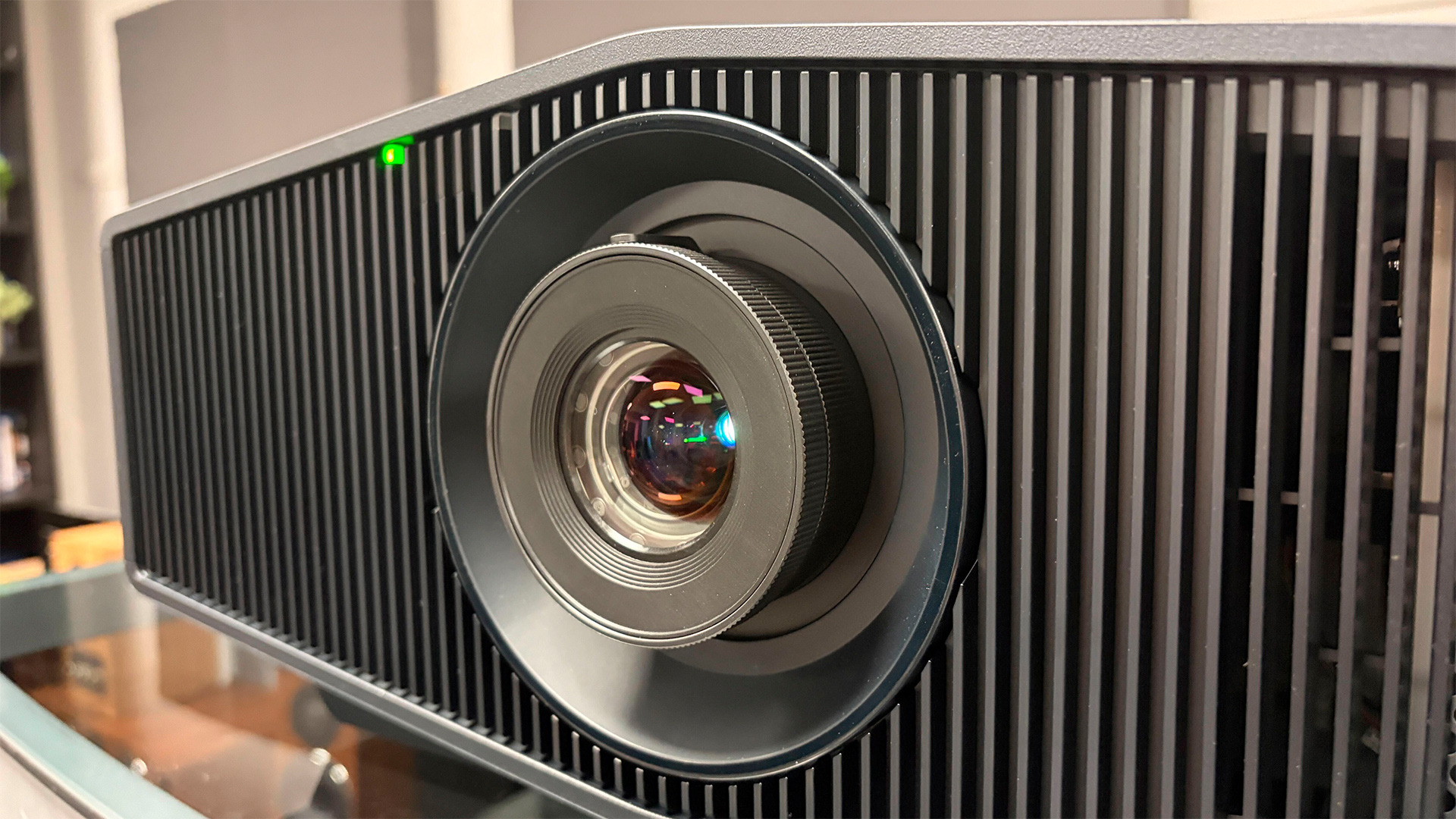
Considering Sony’s prior achievements, it should come as no surprise that the Bravia 7 is another class-leading projector.
We have the VPL-XW5000ES on hand as a reference model, and have attached the (sadly discontinued) Oppo UDP-203 via the Marantz Cinema 30 AVR to play our favourite 4K reference discs. We also have the Award-winning KEF Q Concerto Meta 5.1 system plugged in, but that’s more for our enjoyment — who wants to watch movies in silence?
We gravitate towards Cinema Film 2 as our preferred picture preset, as it balances punch and accuracy in equal measure. Reference is also a good choice for those looking for a slightly more subdued picture, but it can withhold some of the brightness and richness of colours as a result.
Starting with Civil War, we’re swiftly struck by how balanced and sharp the Bravia 7’s picture is. The solidity and depth of the image are superb, which should come as no surprise, as we know that Sony has practically mastered contrast with its other projectors.
An establishing aerial shot highlights the immediate strengths of this projector, as the sunset is treated to a stunning gradient of yellows, oranges, reds and blues. The terrain appears to stretch on forever, aided by the Bravia 7’s expert handling of contrast, which establishes a convincing depth-of-field effect.
Playing the forest fire scene, there is a degree of greyishness to the blacks that’s unfortunately more or less unavoidable in the realm of projectors, but it’s by no means distracting, and we consider the performance to be plenty deep and dark enough by projector standards.
Besides, we’re quickly distracted from the slight lack of black by the mesmerisingly rich, glowing flames that lap at the trees, and the floating embers that sparkle against the shadowy backdrop. The gradation of yellow at the heart of the flames to orange at the edges, paired with the accurate and intense burst of brightness, means we can practically feel the heat emanating from the fire.

As the scene progresses to Lee and Jessie having a heart-to-heart in a boatshed, we find a veritable feast of upgrades that this projector offers over the VPL-XW5000ES.
Most prominent is the greatly improved handling of the Reality Creation feature, which looks both sharp and natural on the Bravia 7. The XW5000ES, by comparison, can look slightly forced and over-etched, resulting in dense foliage looking too bold, and the skin texture of Kirsten Dunst’s face appearing over-sharpened.
This is a testament to the proficiency of the XR Processor, with the Bravia 7 putting the additional power to good use.
That’s also felt with how the Bravia 7 handles motion. The projector performs flawlessly, with jets soaring overhead and helicopters swooping in a smooth and judder-free, yet utterly natural fashion.
We continue our testing with Marvel’s Fantastic Four: First Steps and are met with an equally impressive picture. The blue of the titular heroes’ suits pops with a vibrant hue that doesn’t verge into looking overdone, and skin tones are handled with a natural, considered approach that never looks overcooked.
As the Silver Surfer descends onto Times Square, the pinpoint highlights of a helicopter search light reflecting from her chrome skin are delivered with excellent accuracy and intensity. Likewise, the Human Torch’s fiery form contrasts nicely with the night sky, as clothing and facial details are retained even in his glowing “flame-on” mode.
Rounding things out with Pan, the high-brightness content doesn’t pop in the same way that a similarly priced QD-OLED or Primary RGB Tandem OLED TV might, but it’s plenty punchy by projector standards and the gradation of colours within the floating bubbles is delivered beautifully.
There is some detail lost in the brightest aspect of the picture, such as the clouds around the sun, but it’s still a crisp, uniform and deeply engaging image that continues to show us immense three-dimensionality and image solidity thanks to that superb contrast control.
Verdict
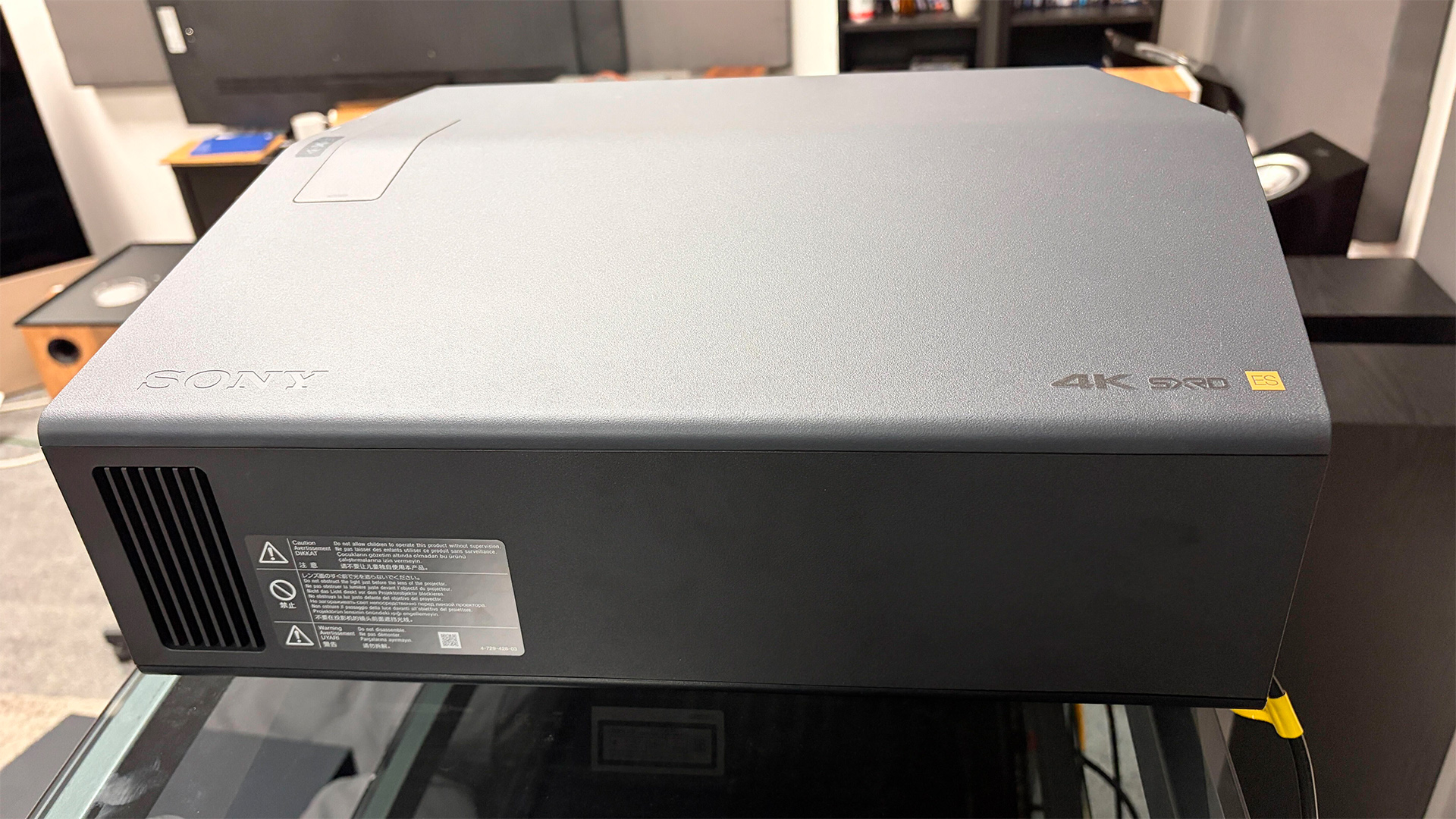
Our picture testing points us to one obvious conclusion: the Bravia Projector 7 is an excellent home cinema projector. It’s a worthwhile step up over the VPL-XW5000ES, as it adds a touch of sophistication afforded by the XR Processor.
If you’re looking to step up to a projector that delivers an even more cinematic image with more balanced colours, even better contrast, and extra subtlety, then the Bravia Projector 7 is certainly worth the upgrade – providing your budget allows.
SCORES
- Picture 5
- Features 4
- Build 4
MORE:
Read our review of the Sony VPL-XW5000ES
Also consider the Epson QB1000
Read our Sony Bravia Projector 8 review

